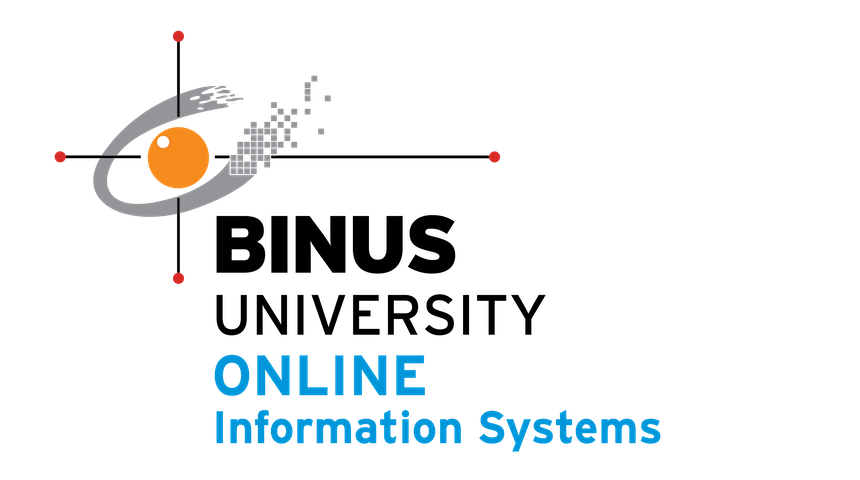Implementation of Business Intelligence for Monitoring and Analyzing Komatsu Genuine Oil Inventory
Hi Binusian…! Do you know ?
Effective inventory management is essential to sustaining operational reliability in the heavy equipment industry, particularly in managing critical consumables like Komatsu Genuine Oil (KGO). As a key support product for Komatsu machinery, KGO must be consistently available across multiple strategic depots. PT Komatsu Marketing and Support Indonesia (KMSI), which oversees this distribution, has encountered challenges in ensuring timely and balanced stock levels—mainly due to fragmented coordination and reliance on manual processes that limit visibility and delay replenishment planning.
And, To address these issues, a cross-functional team implemented a Business Intelligence (BI) solution using Power BI to enhance supply chain visibility and automate stock analysis. As noted by Hidayat, M. K., & Putri, D. (2024), BI empowers organizations to transform operational data into real-time insights that drive better decisions and optimize supply chain operations. This initiative is also aligned with Sustainable Development Goal 9 (Industry, Innovation, and Infrastructure), supporting the adoption of resilient systems and data-driven industrial innovation. The core focus was to replace manual, spreadsheet-based forecasting with an intelligent dashboard capable of generating accurate, timely purchase order (PO) recommendations. Prior to implementation, KMSI faced frequent delays and imbalances due to disconnected systems and non-integrated data sources. Prior to this initiative, procurement decisions were primarily based on static Excel spreadsheets and manual inputs, often leading to delayed PO issuance, inaccurate order quantities, and stock imbalance across depots.

The system development methodology followed the waterfall model, which included stages such as requirements gathering, system design, implementation, testing, and deployment. During the requirement analysis phase, stakeholders from all three departments identified key data points, business rules, and performance metrics that should be reflected in the dashboard. This was followed by designing an infrastructure based on Microsoft SQL Server for the backend and Power BI for the frontend.
In the system design phase, Unified Modeling Language (UML) was used to visualize the overall system structure and interactions among its components. The system design documentation included several types of diagrams: a Use Case Diagram, Activity Diagram, and Class Diagram. The Use Case Diagram illustrates how various system actors—such as Procurement Staff, Inventory Staff, and IT Staff—interact with key system functionalities like monitoring stock levels, reviewing reorder suggestions, and validating purchase order execution. The Activity Diagram outlines the workflow from logging in, accessing the dashboard, analyzing stock data, to generating procurement decisions. Meanwhile, the Class Diagram represents the static structure of the system by defining the main data entities such as Stock, Order, Backlog, and User, along with their attributes and relationships.
The BI system integrated SQL-based formulas to calculate shortage and reorder needs based on real-time data using DirectQuery. Power BI was securely connected to the SQL Server, retrieving data from critical sources such as shipment records, purchase orders, backlog reports, and safety stock levels, which were structured into relational models for cross-table analysis. Custom DAX measures supported dynamic filtering and aggregation, while the dashboard interface highlighted backlog aging, visualized stock trends, and enabled scenario planning through slicers. This setup allowed procurement and inventory staff to access timely, actionable insights. The transformation from manual spreadsheets to this automated BI system drastically improved operational efficiency.

Key findings from the implementation include a measurable improvement in procurement accuracy, stock availability balance across depots, and user satisfaction with dashboard usability. The procurement team reported a reduction in manual workload and higher confidence in PO timing and quantity. Inventory managers noted fewer incidents of overstock and shortage, particularly due to the dashboard’s real-time monitoring and alert functions. The backlog aging analysis enabled faster identification of critical delays in supplier deliveries, leading to more proactive follow-up and resolution. These findings indicate that the BI dashboard not only served as a decision-support tool but also as a unifying platform that bridged gaps between operational teams.
In conclusion, the implementation of Business Intelligence through Power BI has provided KMSI with a strategic advantage in monitoring and analyzing KGO inventory. By leveraging real-time data and interactive dashboards, the company has optimized procurement decisions, improved stock distribution, and strengthened supply chain visibility while fostering collaboration across departments through a shared data platform. To sustain and expand these benefits, integrating predictive analytics with machine learning could enhance demand forecasting, while connecting the BI dashboard to the ERP system would support seamless automation. This successful project also sets the foundation for replicating similar dashboards for other critical parts, improving overall inventory availability and operational responsiveness.
Thank you for reading… 😊
References
Easterita, B. K., Arwani, I., & Ratnawati, D. E. (2020). Pengembangan data warehouse dan online analytical processing (OLAP) untuk analisis data artikel pada Jurnal Teknologi Informasi dan Ilmu Komputer (JTIIK). Jurnal Sistem Informasi, 1(1), 12–22. https://doi.org/10.25126/justsi.v1i1.2
Madyatmadja, E. D., Ridho, M. N., Pratama, A. R., Fajri, M., & Novianto, L. (2022). Penerapan visualisasi data terhadap klasifikasi tindak kriminal di Indonesia. Infotech: Journal of Technology Information, 8(1), 61–68.
Fauzi, A., Nugroho, A. A., Monte, A. K., Ignesia, A. A., Makruf, M. N., Andreas, R., & Hasanah, S. R. (2023). Pemanfaatan business intelligence dalam pembuatan strategi dan pengambilan keputusan bisnis. Portfolio Journal: Journal of Management and Business, 2(3), 212–218.
Purwanti, N. P. J., Wijaya, I. N. Y. A., & Fredlina, K. Q. (2020). Implementasi business intelligence untuk menentukan trend penjualan barang (Studi kasus: PT. Menikmati Distribusi). Smart Techno (Smart Technology, Informatics, and Technopreneurship), 2(2), 73–87. https://doi.org/10.59356/smart-techno.v2i2.20
Wibowo, A., Faisah, K., & Devianto, Y. (2022). Analisa dan visualisasi data penjualan menggunakan exploratory data analysis pada PT. Telkominfra. JATISI (Jurnal Teknik Informatika dan Sistem Informasi), 9(3), 2292–2304. https://doi.org/10.35957/jatisi.v9i3.2737


Comments :